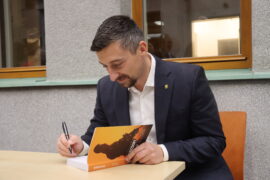
07 Figurines of Czechoslovak Soldiers
Fotogalerie
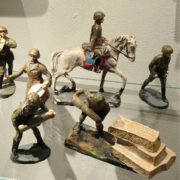
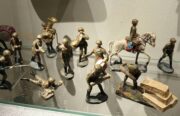
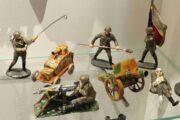
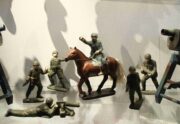
Sawdust and Glue-made Figurines of Czechoslovak Soldiers - Products of German Company Durolin, c. 1935–1938
Rubber-made Figurines of Czechoslovak Soldiers - Products of Czechoslovak Company Baťa, c. 1935–1938
There was an imaginary "”golden age” of tin soldiers on the European toy market from about the mid-19th century, which ended with WWI. At the time of the greatest popularity of tin soldiers after 1880, coloured figures made of a hardened mass of sawdust and glue began to appear on the market. The market in the first half of the 20th century was virtually dominated by German manufacturers, the best known of which were Lineol, Durolin, O. & M. Hausser (also known as Elastolin) and Duro, a subsidiary of O. & M. Hausser operating in Czechoslovakia. The Czech company Bata, which had existed since 1894 and was known as a large shoe manufacturer, expanded its product range in 1932 to include rubber products. In the second half of the 1930s, it began producing rubber figures of Czechoslovak Army soldiers dressed in current uniforms, including new helmets with the 1932 pattern.
Aktuálně

Výzkum u českých krajanů v Chorvatsku
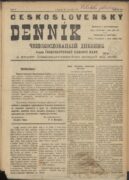
Československý deník sehrál v životě legionářů v Rusku velmi důležitou roli. Poprvé vyšel v prosinci 1917

Děkujeme za podporu pro válečné veterány. Sbírka DiGiMÁK vynesla 450 tisíc korun
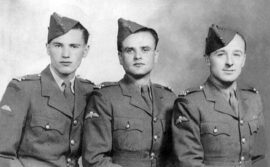
Tak trochu zamrzlé spojení
